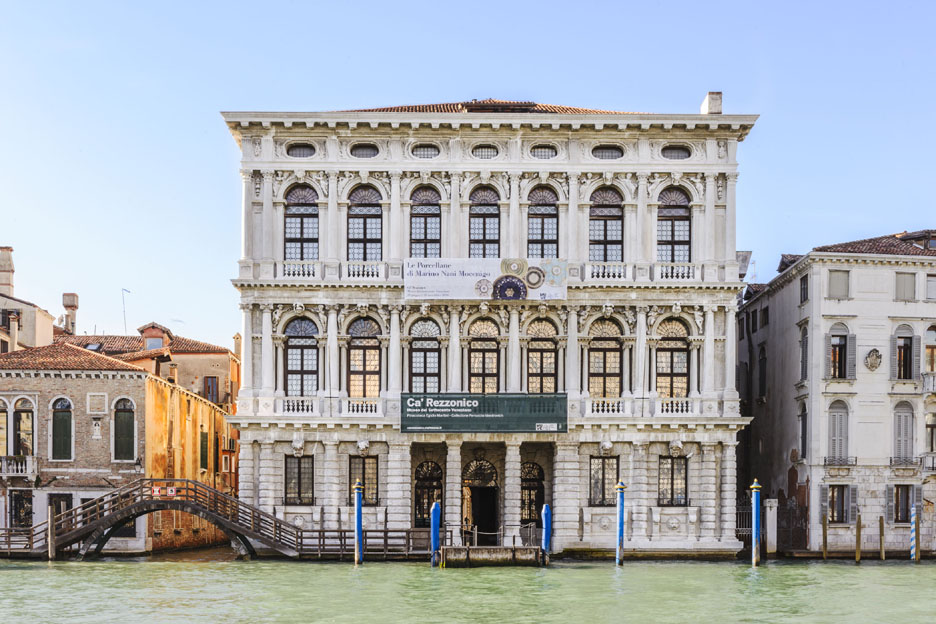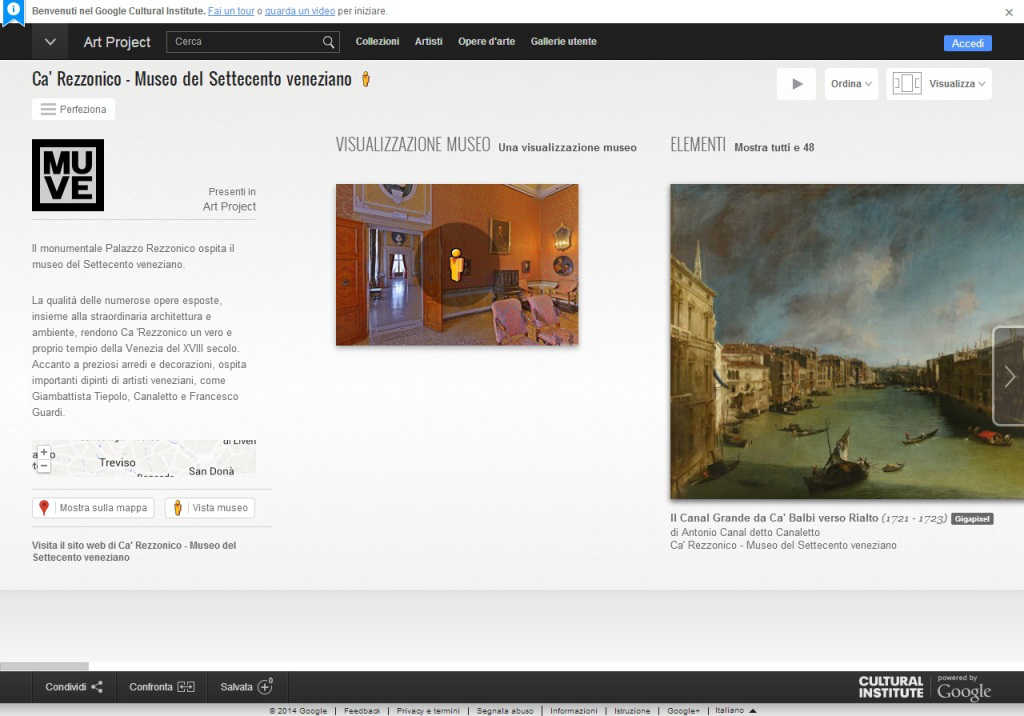



The building that now houses the 18th-century Venetian Museum was built by the will of the Bon family, an exponent of the ancient Venetian nobility. In the mid-seventeenth century they entrusted the execution to the most famous architect of the period: Baldassarre Longhena, who also owed the construction of Ca 'Pesaro and the Basilica della Salute. However, the monumental project proves too ambitious for the Bon fortunes. The building, in fact, has not yet finished after the architect's death in 1682 and shortly thereafter, given the inability of the family to bear the huge costs of the construction site, the works are blocked and the factory remains incomplete. In 1750 Giambattista Rezzonico, of recent nobility - acquired in 1687 through the outlay of money -, bought the building and entrusted its completion to Giorgio Massari, at the time the famous architect.

It will be this family that gives the building its name. The works were completed in just six years, in time to celebrate their unstoppable social rise which culminated in 1758, when Carlo, son of Giambattista was elected pontiff with the name of Clement XIII. However, the parable of the Rezzonico family is very short and is already consumed with the next generation. Without male heirs, the family died out in 1810 with the death of Abbondio. During the nineteenth century the building changed ownership several times and was gradually stripped of all its furnishings. Among his last tenants are the famous poet Robert Browning - who spent the summers of 1887 and 1888 here, dying in December 1889 -, and the great musician Cole Porter, who lived there from 1926 to 1927. Now reduced to an empty container , the palace was purchased by the city of Venice in 1935 to house eighteenth-century art collections. In addition to the paintings, there are gathered furnishings, objects of daily life, as well as torn frescoes or ceiling canvases from other city buildings. This creates an extraordinary environmental museum which in its rooms, in addition to presenting works from one of the happiest seasons of European art, preserves the splendor and splendor of a Venetian eighteenth-century residence.

The Palace
The main access to the building was originally the one on the Grand Canal, through the monumental water gate. A look at the facades of the other buildings allows you to evaluate the great novelty of the architectural solutions adopted by Baldassarre Longhena in this circumstance. The architect developed the solution proposed for the first time by Jacopo Sansovino on the facade of Ca 'Corner della Ca' Granda, abandoning the traditional layout of the Venetian palace which envisaged a tripartite structure for the facade: a row of windows in the part central and two wings on the sides. His project, on the other hand, reproduces a single architectural module on the entire surface, in this case deduced from that of the Procuratie Nuove in Piazza San Marco, but reinterpreted in a Baroque key, with an accentuated relief of the various elements to create a contrasted play of light and shadow . The changes also affect the building's floor plan. The traditional closed portico that in the ancient Venetian palaces crossed the building longitudinally, from the water gate to the earth gate, is interrupted here by an internal courtyard, a type typical of the mainland palace, which was not applied in Venice.

The solution, despite its simplicity, is effective. Instead of a dark space, devoid of any architectural and scenographic value, a succession of areas of light and shadow is created that further expands the space and guides the visitor's gaze towards the family crest, placed in full light above the fountain. In the portego there is now a gondola built in the nineteenth century, which has the traditional "felze" in the center, a removable cabin that guaranteed comfortable intimacy for travelers.

Ca' Rezzonico, 18th-century Venetian Museum - Virtual Tour
Address: Dorsoduro, 3136, 30123
Phone: 041 241 0100
Site:
https://carezzonico.visitmuve.it/Location inserted by
Culturalword Abco